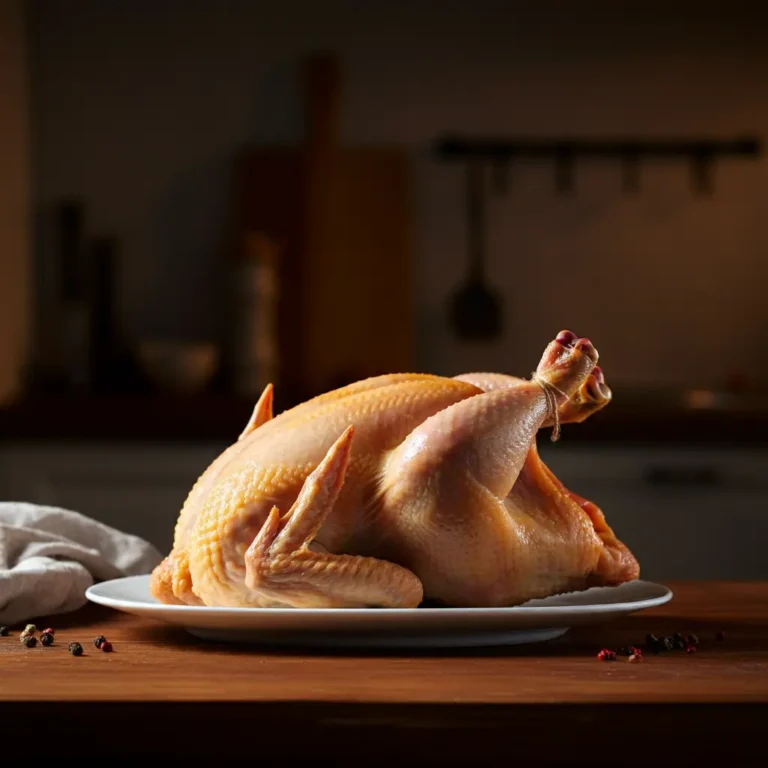What’s the Difference between Brown Sugar and White Sugar – Not All Sugars Are Equal
With so many varieties of sugar lining supermarket shelves, it’s easy to feel overwhelmed. What distinguishes one type of sugar from another? When can they be used interchangeably—and when should they not? Understanding the differences between sugars, from texture to flavour to grain size, can make a big difference in your cooking and baking. Each type brings its own unique strengths to recipes and baked goods. Here’s a breakdown of the most common sugars, the difference between brown sugar and white sugar—and a few lesser-known ones—to help you choose the right kind for the job.
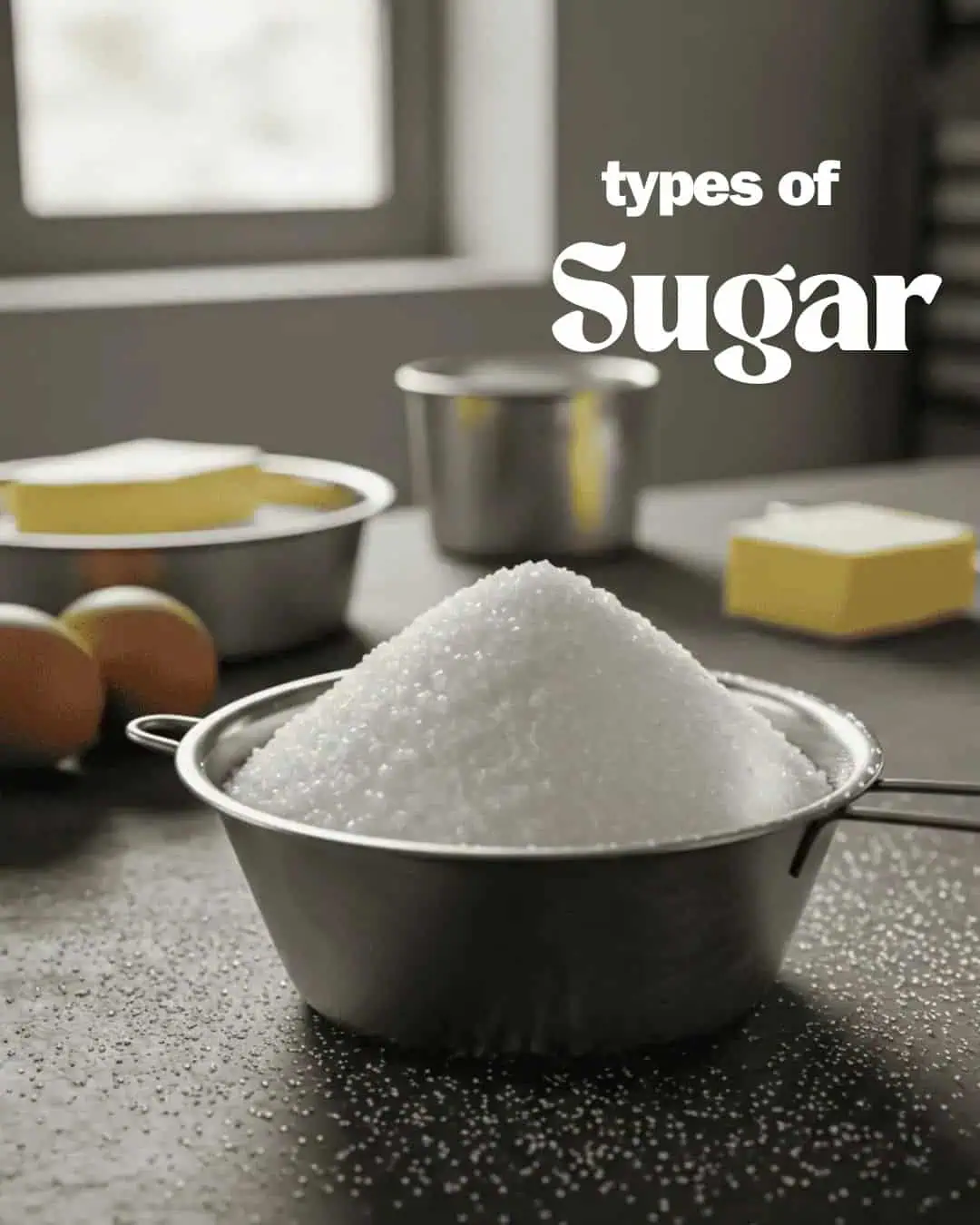
Granulated White Sugar
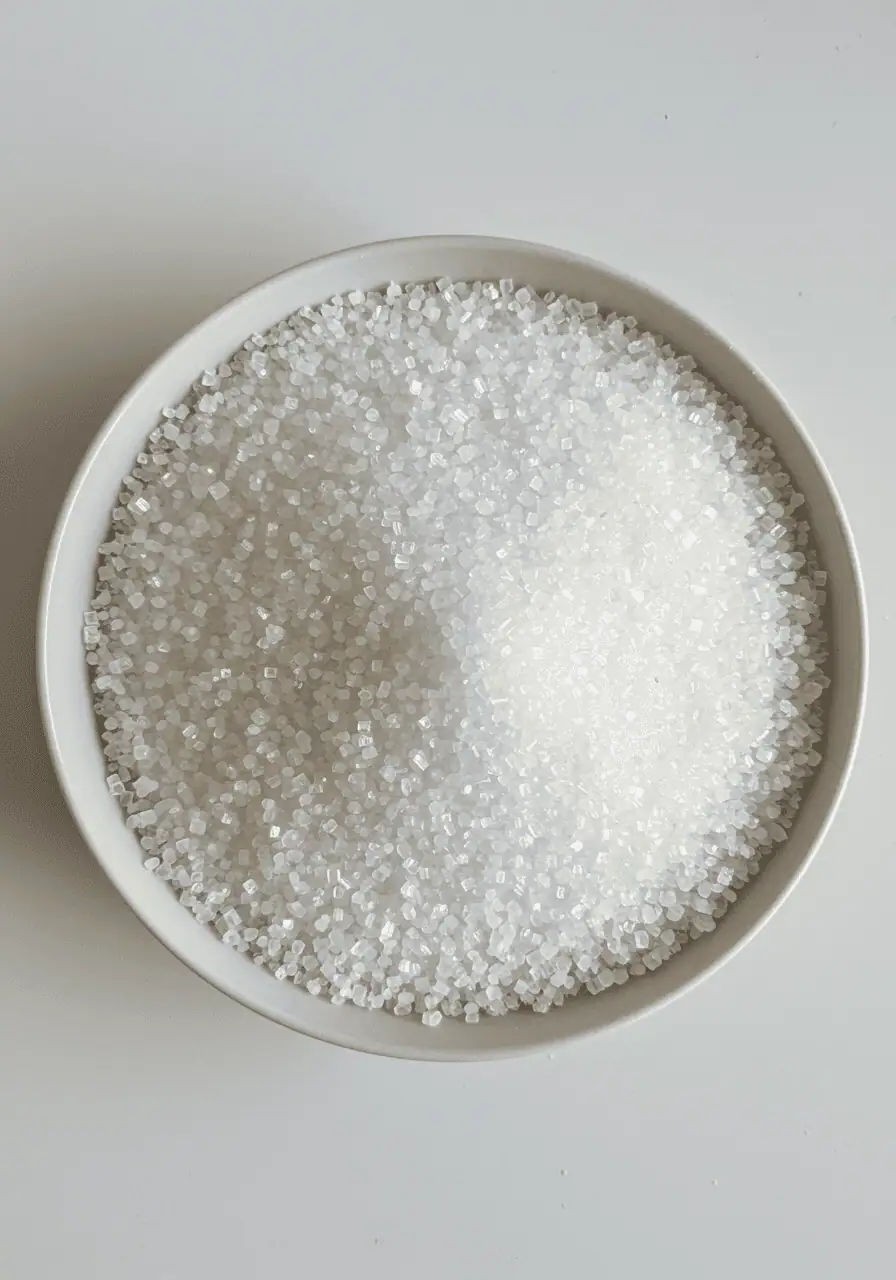
What Exactly Is Granulated Sugar?
This is the sugar most of us have in our minds when we hear the word “sugar”—classic, white, and familiar. Granulated white sugar is highly refined and made from sugar cane or sugar beets. After the juice is extracted from the plant, it’s boiled down, crystallized, and processed to remove all the natural molasses. The result? Bright white crystals with a consistent, fine texture that’s incredibly easy to work with.
It’s the sugar your neighbour might ask to borrow a cup of, and it’s probably the one sitting in your pantry right now. There’s a reason it’s a staple in nearly every kitchen.
Why It’s So Useful
Granulated sugar is one of the most versatile ingredients in cooking and baking. Here’s why it’s such a kitchen essential:
• Dissolves Easily: Whether you’re sweetening a cup of coffee or making a simple syrup, granulated sugar dissolves quickly and evenly, especially in hot liquids.
• Perfect for Creaming: It’s ideal for creaming with butter—a foundational step in many baking recipes. The sugar crystals help create tiny air pockets, giving cookies and cakes their light, fluffy texture.
• Helps with Structure and Texture: In baked goods, sugar does more than just sweeten. It helps with browning, adds moisture, and contributes to the overall structure.
• Great for Caramelization: When heated, granulated sugar melts and caramelizes beautifully, which is essential for recipes like caramel sauce, brittle, or crème brûlée.
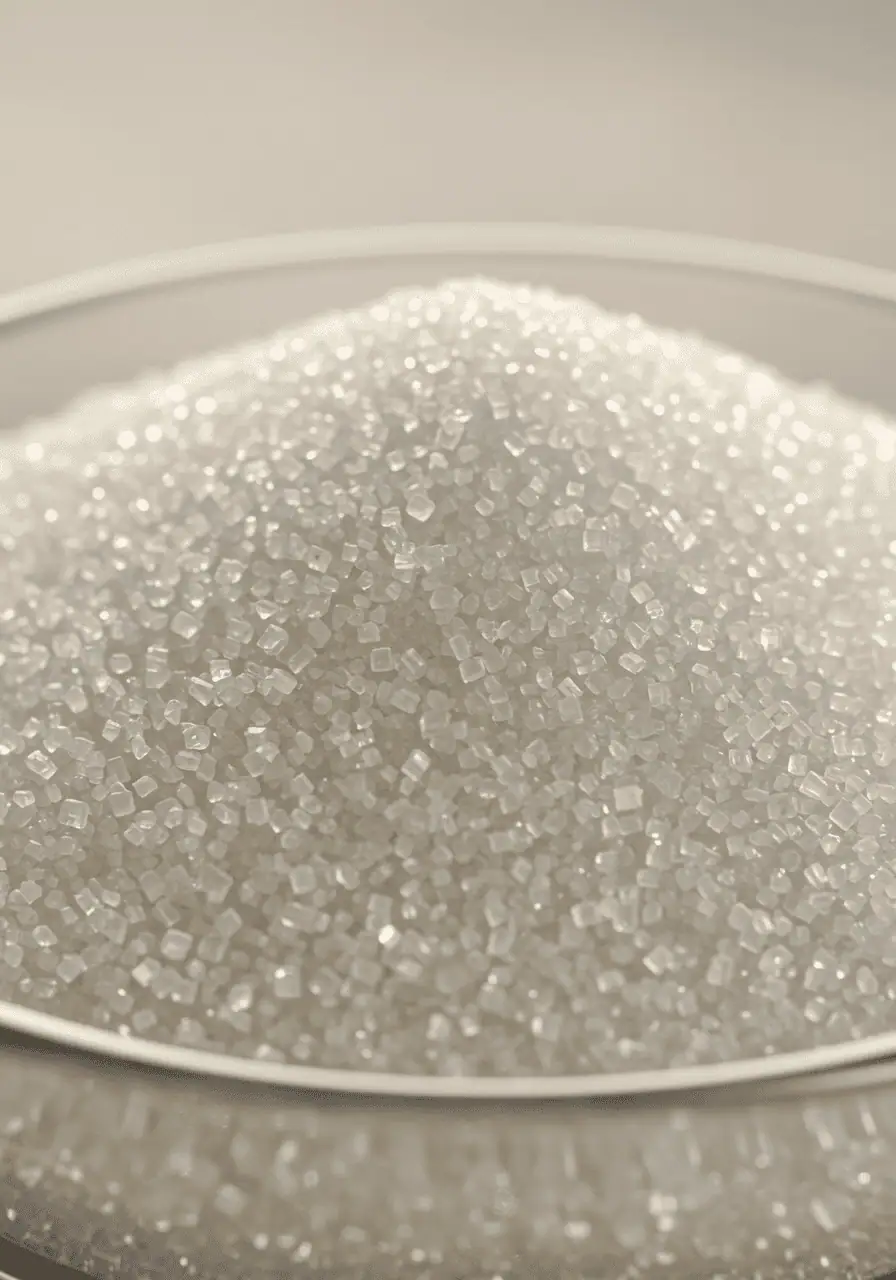
Everyday Uses
You probably use granulated sugar more often than you even realize. It sweetens drinks, balances sauces, and shows up in everything from muffins to marinades. It’s used in:
- Cookies, cakes, and brownies
- Bread and muffins
- Pies and tarts
- Homemade jams and jellies
- Custards and puddings
- Beverages, syrups, and cocktails
Its neutral flavour also makes it great for savoury recipes where just a hint of sweetness is needed to balance acidity or spice.
Quick Tip
Ever wonder why some recipes specifically call for granulated sugar instead of “just sugar”? It’s because the texture and moisture content really do matter. Using a different kind of sugar—like brown or powdered—can totally change the result.
Final Thoughts on Granulated Sugar
Granulated sugar might seem like the most basic baking ingredient, but it’s actually one of the most powerful. Its simplicity is its strength: consistent, reliable, and versatile enough to work in just about any recipe. Whether you’re baking from scratch or just sweetening your morning coffee, it’s the quiet MVP of the kitchen.
Superfine Sugar

What Is Superfine Sugar? (And Why Bakers Love It)
Also known as castor sugar in the U.K. and other parts of the world, this refined white sugar has a texture that falls somewhere between regular granulated sugar and powdered sugar. Think: tiny, sparkly crystals that dissolve like a dream.
Superfine sugar is essentially granulated sugar that’s been ground more finely. The crystals are smaller but not powdered — which makes all the difference when it comes to certain recipes. Because it dissolves much more quickly than its coarser cousin, castor sugar (superfine sugar) is a go-to for delicate tasks – silky meringues, velvety whipped cream, or smooth custards where undissolved sugar could mess with the texture.
Why Use Superfine Sugar?
Here’s where superfine sugar really shines:
- Meringues and soufflés – It blend smoothly into egg whites without deflating them.
- Cocktails and cold drinks – It dissolve instantly, so no gritty sugar at the bottom of your glass.
- Baked goods – It creams better with butter, resulting in a finer, more tender crumb in cakes and cookies.
- Simple syrups – No heating needed when you’re making a quick cocktail mixer.
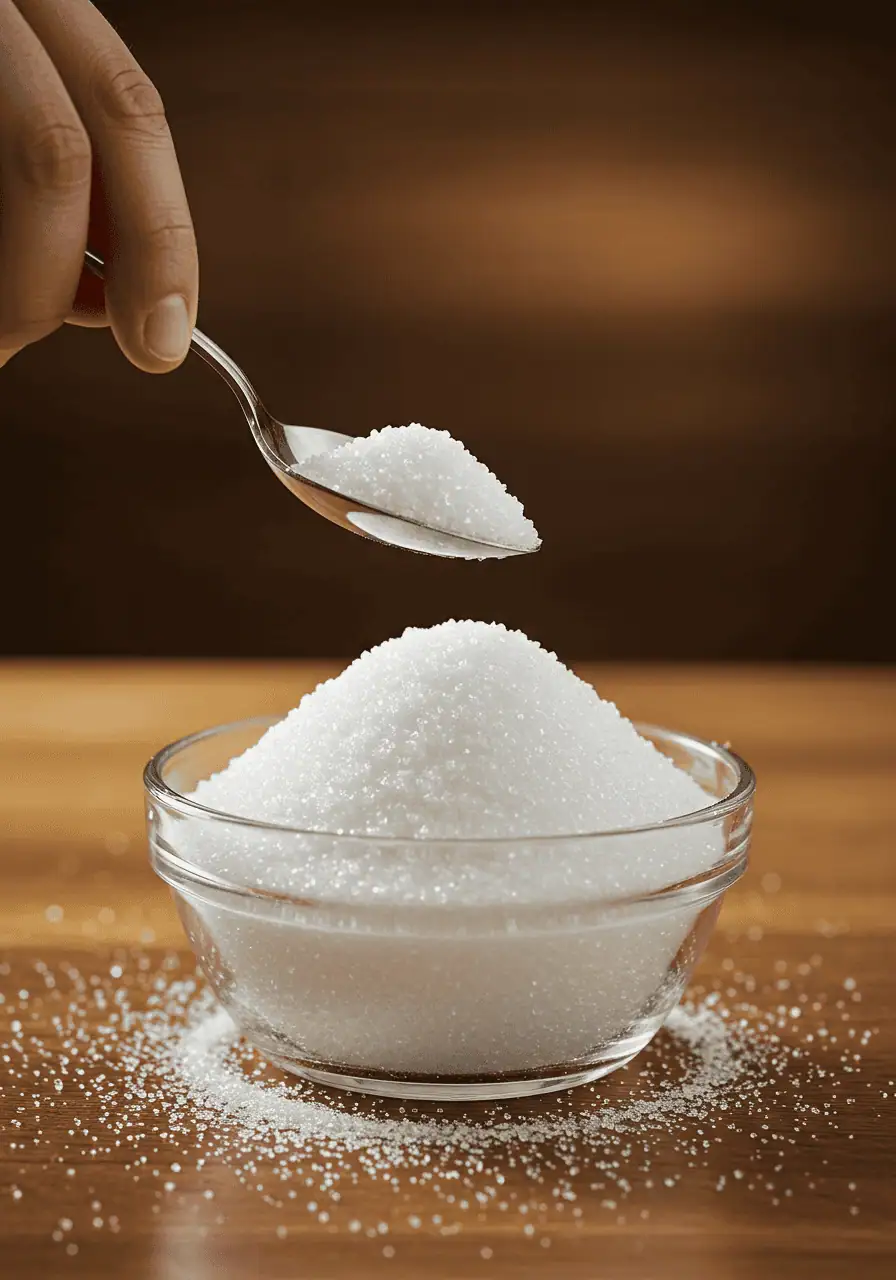
Can’t Find It? Make Your Own
Depending on where you live, superfine sugar might not be readily available on store shelves. The good news? You can make it at home in seconds. Just pour regular granulated sugar into a food processor or high-powered blender and pulse for a few seconds until the crystals are noticeably finer. Be careful not to overdo it — you’re aiming for superfine, not powdered.
Pro tip
Store homemade superfine sugar in an airtight container. Because of its small crystal size, it can clump more easily in humidity.
Superfine sugar might seem like a fancier or more niche ingredient, but it’s all about precision and texture — making it a secret weapon for both bakers and mixologists. Whether you’re whipping up a show-stopping pavlova or crafting the perfect daiquiri, this tiny-crystal sugar brings big results.
Confectioners’ Sugar
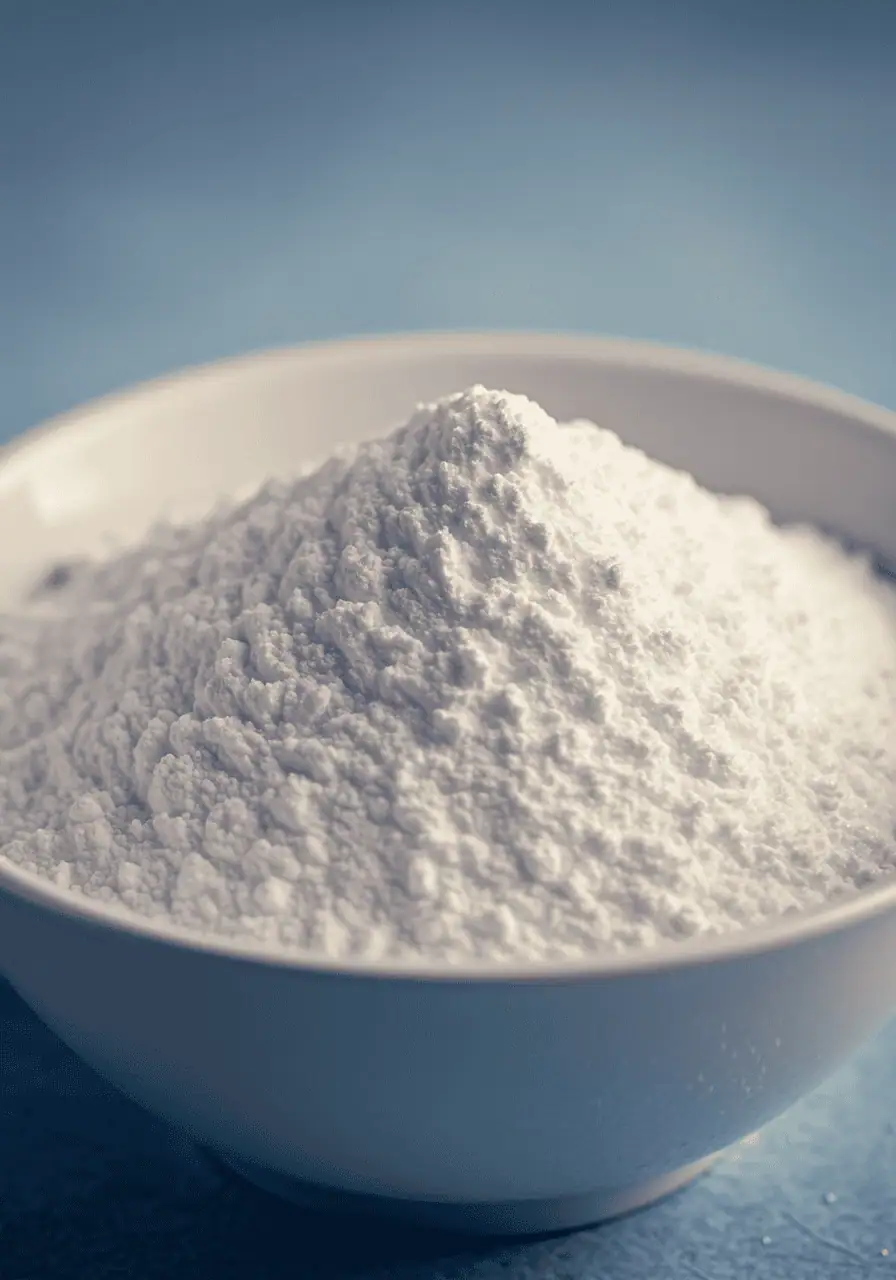
All About Confectioners’ Sugar: What It Is and How to Use It
Confectioners’ sugar, also known as powdered sugar or icing sugar, is essentially granulated sugar that’s been ground down to a super-fine, talc-like powder. Because of its ultra-fine texture, it dissolves much more easily than regular sugar, making it perfect for smooth icings, whipped cream, glazes, and other sweets where a gritty texture just won’t do.
Most store-bought versions of confectioners’ sugar also include a small amount of cornstarch—typically about 3%—to prevent clumping. This added starch helps keep the sugar light, fluffy, and free flowing, which is especially useful if you’re storing it for a while or working in a humid kitchen.
You’ve likely seen it sprinkled over desserts like doughnuts, brownies, or funnel cakes—giving them that classic snowy finish. But beyond decoration, confectioners’ sugar is essential in recipes where a silky texture is key. For instance, it’s the sugar of choice when making American buttercream or royal icing, where any graininess would throw off the result.
How To Make Icing Sugar At Home
Yes, you can make your own in a pinch! If you ever run out, just blend regular granulated sugar in a high-speed blender or food processor until it turns powdery. Add a teaspoon of cornstarch per cup of sugar if you want to replicate the store-bought texture and shelf life. Doing so also prevent clumping and keep it free-flowing.
Just be sure to blend long enough to really break down the crystals—otherwise, it might not dissolve as smoothly.
Quick Tips for Using Confectioners’ Sugar
• Sift it before use: Even with added cornstarch, clumps can form—especially if it’s been sitting a while. Sifting helps avoid lumps in delicate frostings or glazes.
• Measure by weight when baking: Because it’s so fluffy, it can be easy to pack too much into a measuring cup. Using a kitchen scale ensures accuracy.
• Don’t substitute blindly: Powdered sugar isn’t a 1:1 substitute for granulated sugar in recipes, especially in baking, since the cornstarch and texture can throw things off.
Confectioners’ sugar is one of those behind-the-scenes ingredients that really pulls a dessert together. Keep it on hand, store it in an airtight container, and you’ll always be ready for your next sweet creation.
Brown Sugar
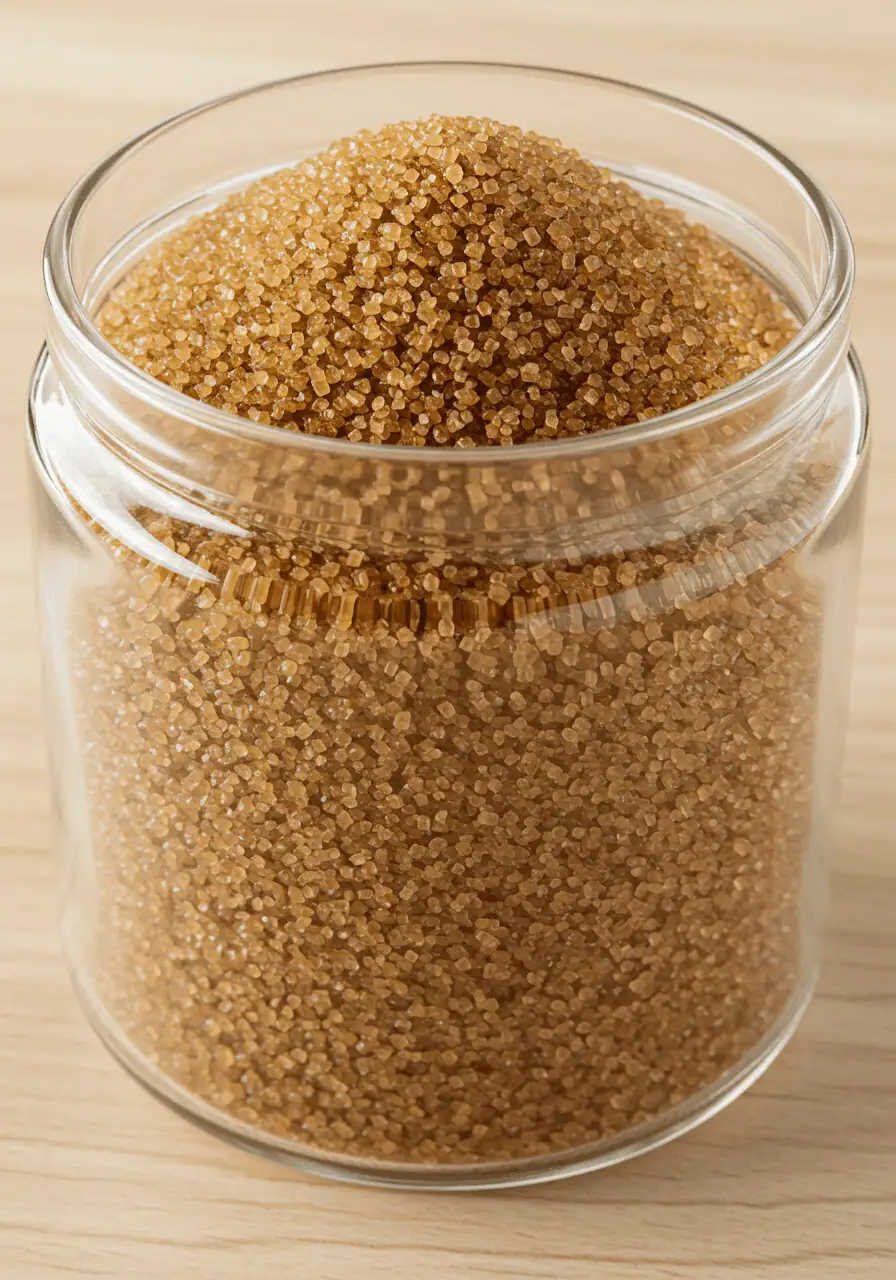
Brown Sugar: More Than Just Sweetness
When it comes to baking, brown sugar is a pantry staple that brings more than just sweetness to the table. While it might look like a more “natural” sweetener, brown sugar is refined white sugar with molasses added back into it. This simple addition is what gives brown sugar its rich color, soft texture, and that signature hint of caramel-like flavour.
Brown sugar comes in two main types: light and dark. The difference? It all comes down to the amount of molasses. Light brown sugar has about 3.5% molasses by weight, while dark brown sugar has around 6.5%. The result is a deeper, more pronounced molasses flavour in the darker variety. Both types are typically interchangeable in recipes, so unless a recipe specifically calls for one over the other, you can use whichever you have on hand.
In the kitchen, brown sugar does more than just sweeten your cookies. Its moisture content (thanks to the molasses) helps baked goods stay soft and chewy—think of gooey chocolate chip cookies or tender banana bread. It’s also great for adding depth to savoury dishes, from barbecue sauces to spice rubs and glazes.
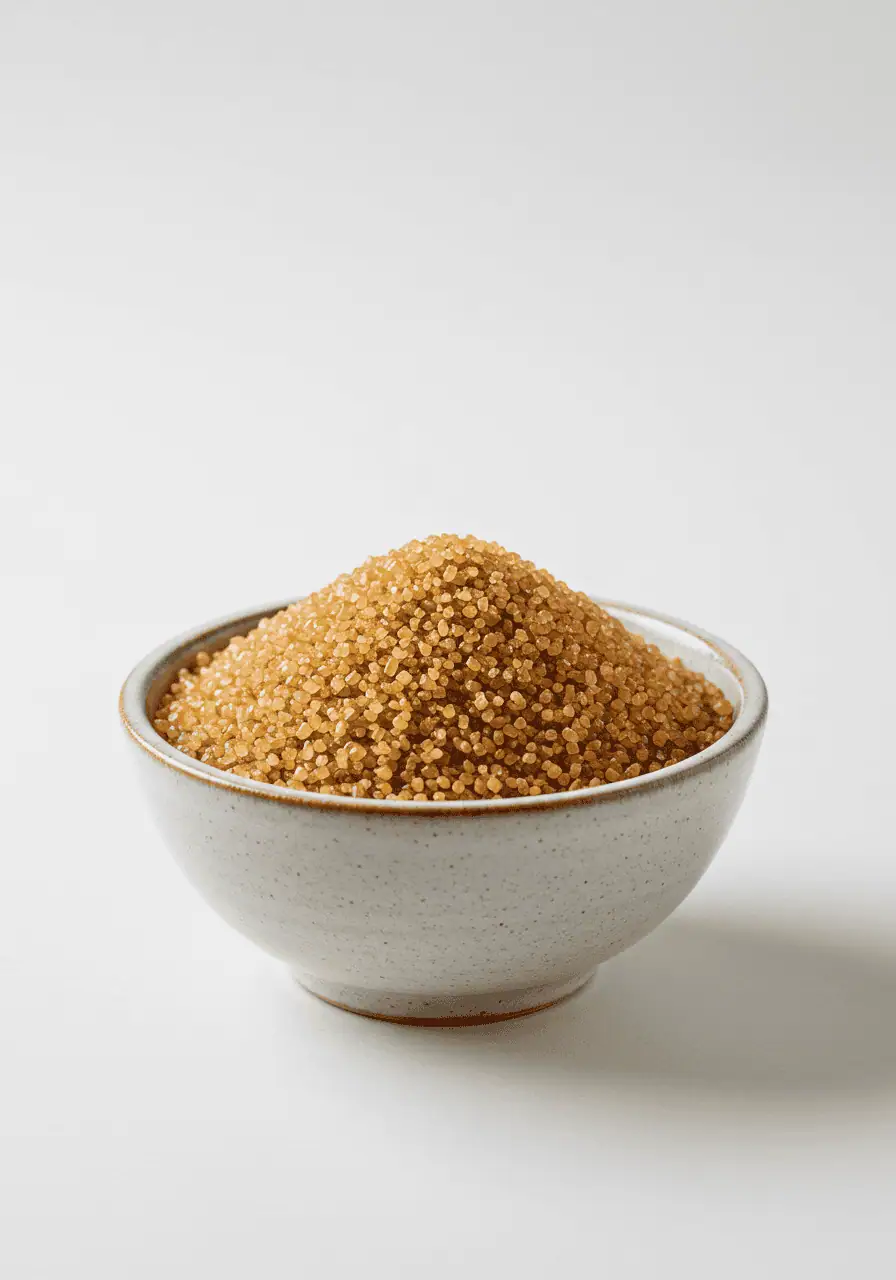
Storage Tip: Brown sugar can harden over time as the moisture evaporates. To keep it soft, store it in an airtight container. If it does go hard, don’t toss it! You can revive it by sealing it in a container with a slice of bread, a damp paper towel, or even an apple slice for a few hours.
Whether you’re whipping up a batch of muffins or making a sweet-and-savoury marinade, brown sugar brings that extra layer of richness that makes flavours pop.
Raw Sugar
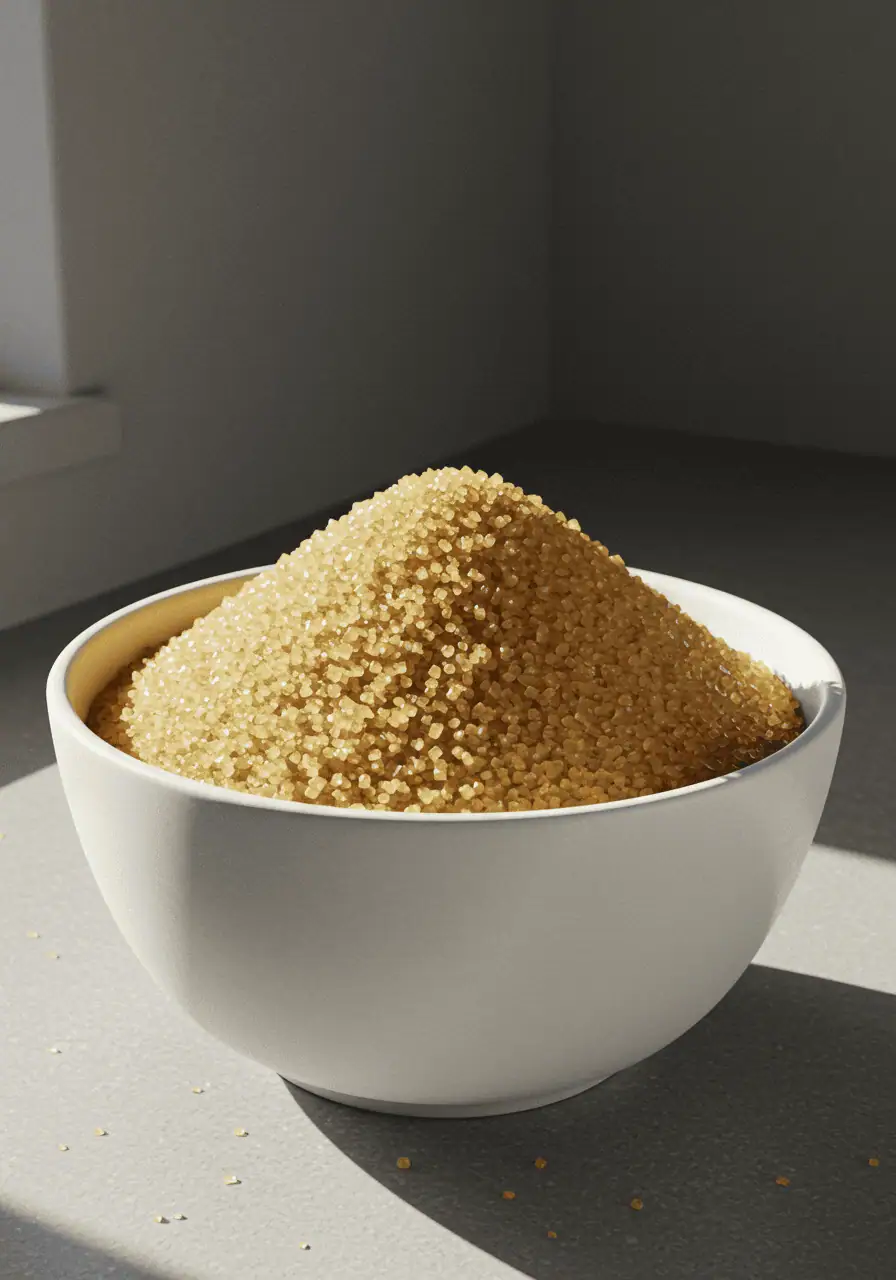
Types of Raw Sugar
There are several varieties of raw sugar, each with its own unique characteristics:
• Turbinado Sugar: Probably the most familiar to home bakers thanks to the popular brand Sugar in the Raw. Turbinado is light golden in color with large, crunchy crystals. It’s made by steaming and spinning raw cane juice, which removes most impurities while preserving a hint of molasses. It’s perfect sprinkled over muffins, cookies, and pie crusts for a little extra crunch and sparkle.
• Demerara Sugar: Like turbinado but often slightly darker and stickier, with larger crystals and a rich, toffee-like flavor. It’s commonly used in British baking and is also a favorite in coffee.
• Muscovado Sugar: The darkest and most molasses-rich of the bunch. Muscovado has a soft, moist texture and an intense, complex flavor—think dark caramel, toffee, and even a bit of smokiness. It’s ideal for deep, rich baked goods like gingerbread, brownies, or barbecue sauces.
How Raw Sugar Is Made
Raw sugar typically goes through a minimal refining process. Sugarcane (or sometimes sugar beets) is crushed to extract the juice, which is then boiled to evaporate the water content. What’s left is a thick syrup, which is crystallized and spun in a centrifuge to separate the crystals from the syrup. Depending on how much molasses is left behind, you get different types of raw sugar.
Unlike white sugar, which is refined to remove all molasses and impurities, raw sugars stop short of that final purification—retaining more flavor, color, and aroma.
Is Raw Sugar Healthier?
While raw sugar does contain small traces of minerals like calcium, potassium, and iron from the molasses, the amounts are very minimal—so nutritionally, it’s not significantly “healthier” than white sugar. That said, many people prefer it for its more complex flavour and less-processed appeal.
Raw Sugar In The Kitchen
Raw sugar isn’t just for sweetening coffee or sprinkling on top of baked goods. Its unique textures and flavours make it great in rubs for meats, caramel sauces, and even cocktails. Because it holds more moisture than white sugar, it can affect how a recipe bakes, so if you’re substituting, be prepared to experiment a bit.
Sanding Sugar
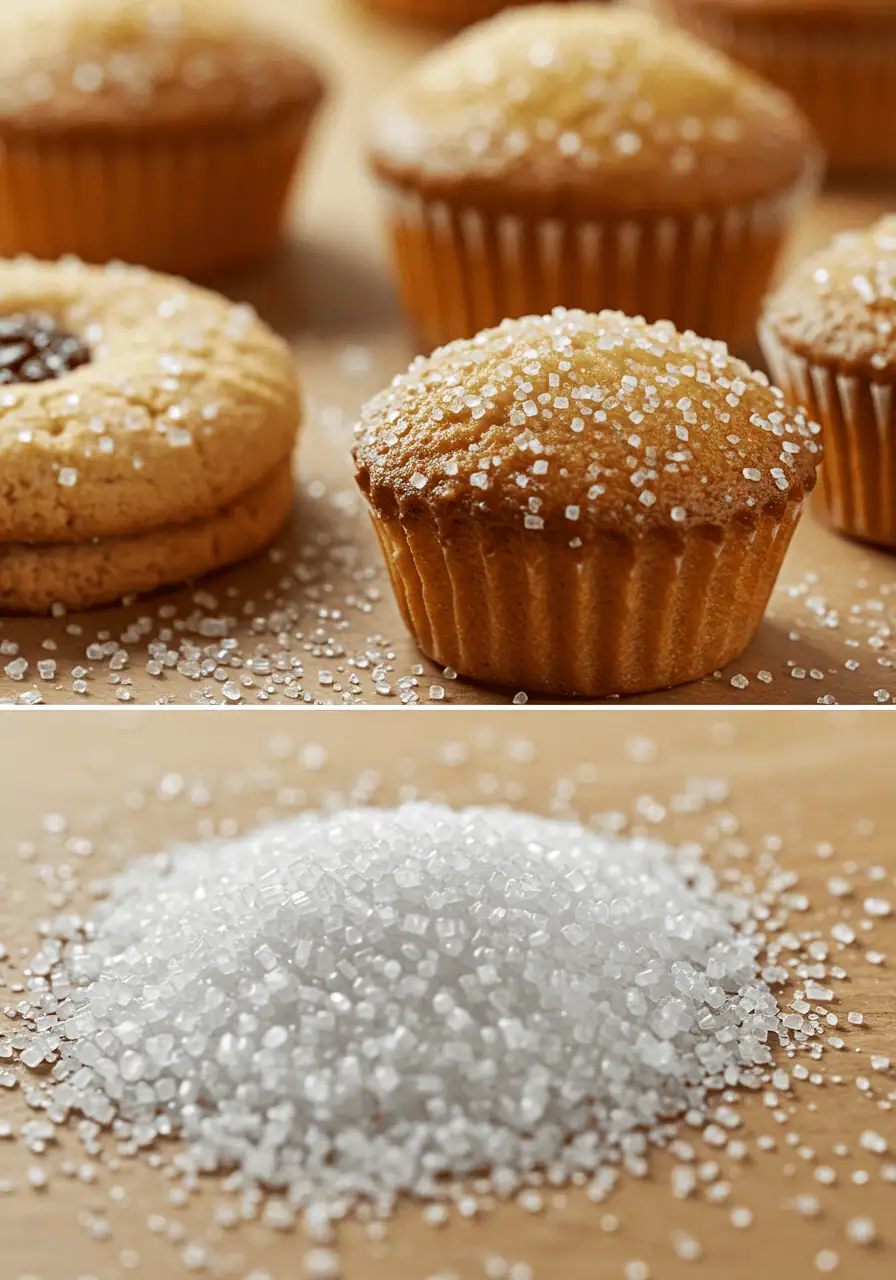
All About Sanding Sugar: The Secret to That Perfect Sparkle
Sanding sugar might just be the easiest way to take your baked goods from homemade to bakery-worthy with just a sprinkle. Often called a “finishing sugar,” it’s known for its large, sturdy crystals that hold up beautifully in high heat—meaning they won’t melt or disappear during baking. This is what gives pastries, cookies, and cakes that magical, sparkly finish.
One of the best things about sanding sugar is the variety. It comes in both fine and coarse grains, so you can choose the right texture depending on your project. Coarse grains give a bold, crunchy topping—perfect for sugar cookies and muffins—while finer grains offer a more delicate shimmer that still catches the light.
Color-wise, the sky’s the limit. You’ll find classic white for a clean, frosty look, but also an entire rainbow of colors to suit any occasion. From red and green for holiday cookies to soft pastels for springtime cupcakes, sanding sugar is an easy way to add personality and seasonal flair to your baking.
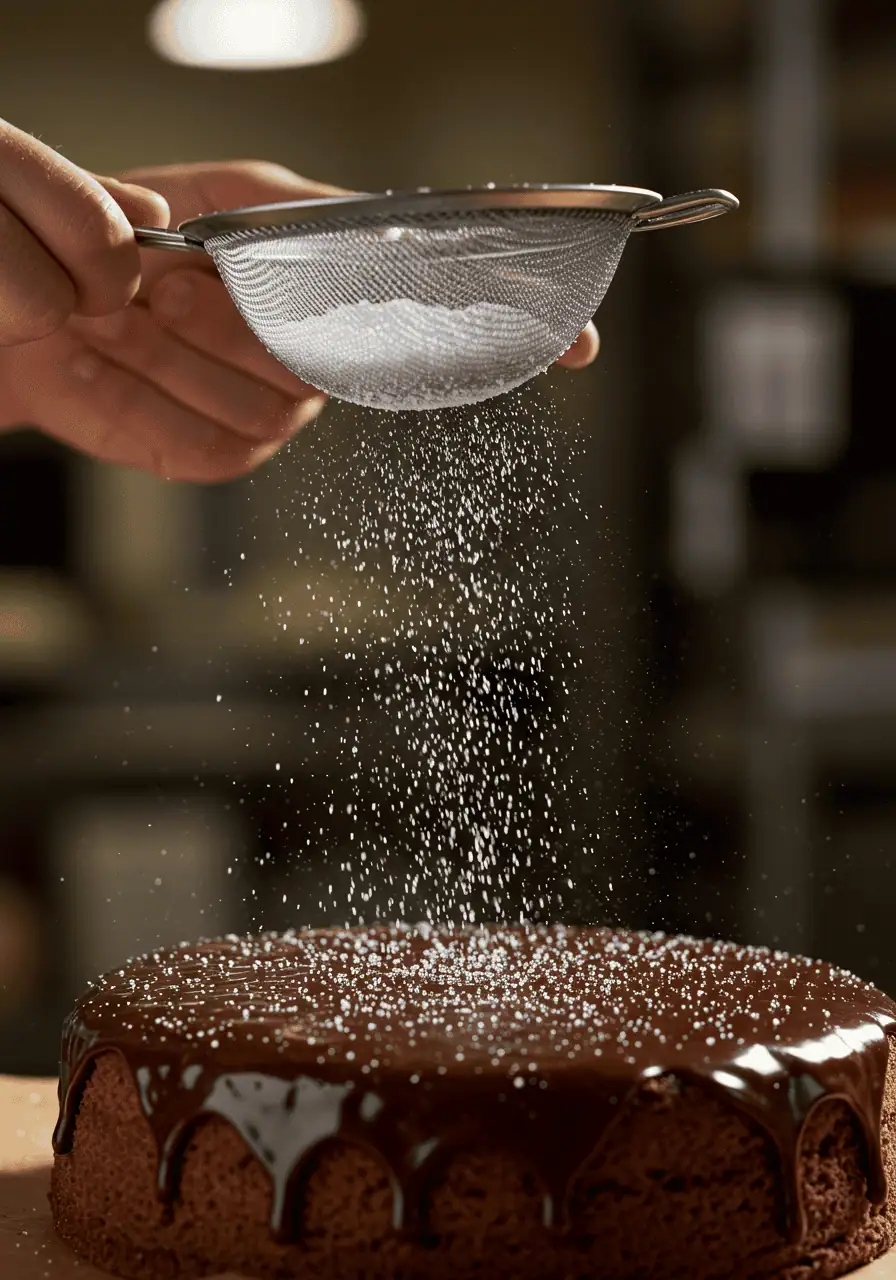
Beyond just decoration, sanding sugar adds a pleasant crunch and a touch of sweetness, making each bite a little more exciting. Try sprinkling it on scones before baking for a caramelized, crackly top, or on pie crust edges to make them glisten.
You’ll usually find sanding sugar in the baking aisle, or in the cake decorating section of craft stores. It stores well in a cool, dry place—so don’t be afraid to stock up on a few favorite shades.
So next time you’re baking something special, don’t forget the final touch. A pinch of sanding sugar might be all you need to take your treat to the next level.
That’s it, folks! Feel free to comment if you still need any further information regarding sugars.
Discover more from The Kitchen Code
Subscribe to get the latest posts sent to your email.







